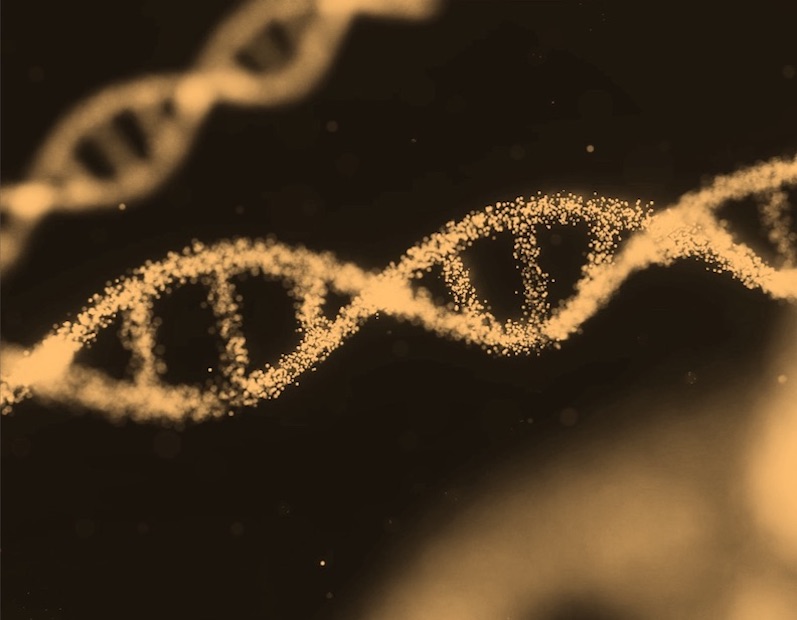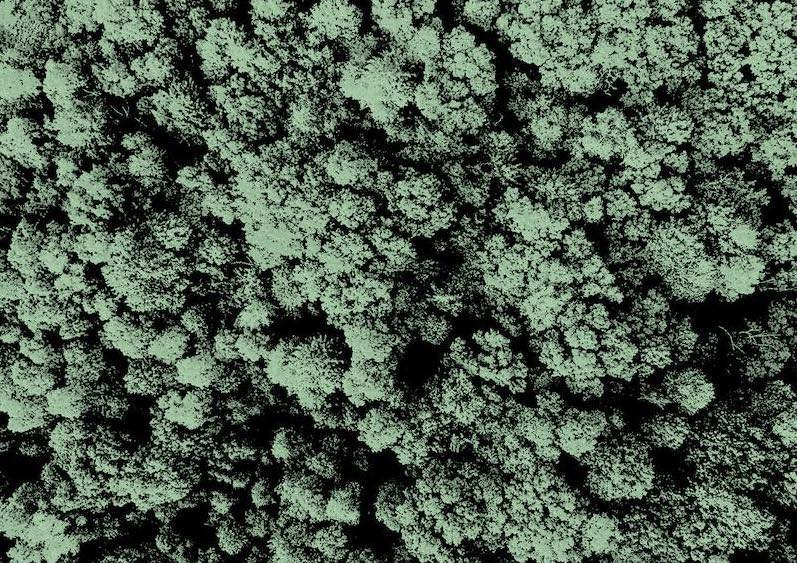What is it about?
The electronic structure of tautomer formed by excited-state proton transfer reactions in fluoranthene-urea compounds was investigated; the fluorescence of anions produced by the addition of DBU was consistent with that of the tautomer, indicating that the tautomer has an anion-like structure.
Featured Image
Why is it important?
Fluorescence from the aggregates and tautomer covers almost the entire visible light range and has potential as a white light source. To tune their emission color, it is necessary to know the electronic state of the tautomer.
Perspectives

We plan to investigate the formation mechanism of tautomer in more detail. In particular, we intend to investigate the reason why the excited state of the aggregate is not formed when the anion is excited.
Professor Yoshinobu Nishimura
nishimura@chem.tsukuba.ac.jp
Read the Original
This page is a summary of: Electronic state of a fluoranthene–urea compound and the kinetics of its emissive tautomer state in the presence of acetate anions, New Journal of Chemistry, January 2022, Royal Society of Chemistry,
DOI: 10.1039/d1nj05270e.
You can read the full text:
Contributors
The following have contributed to this page







